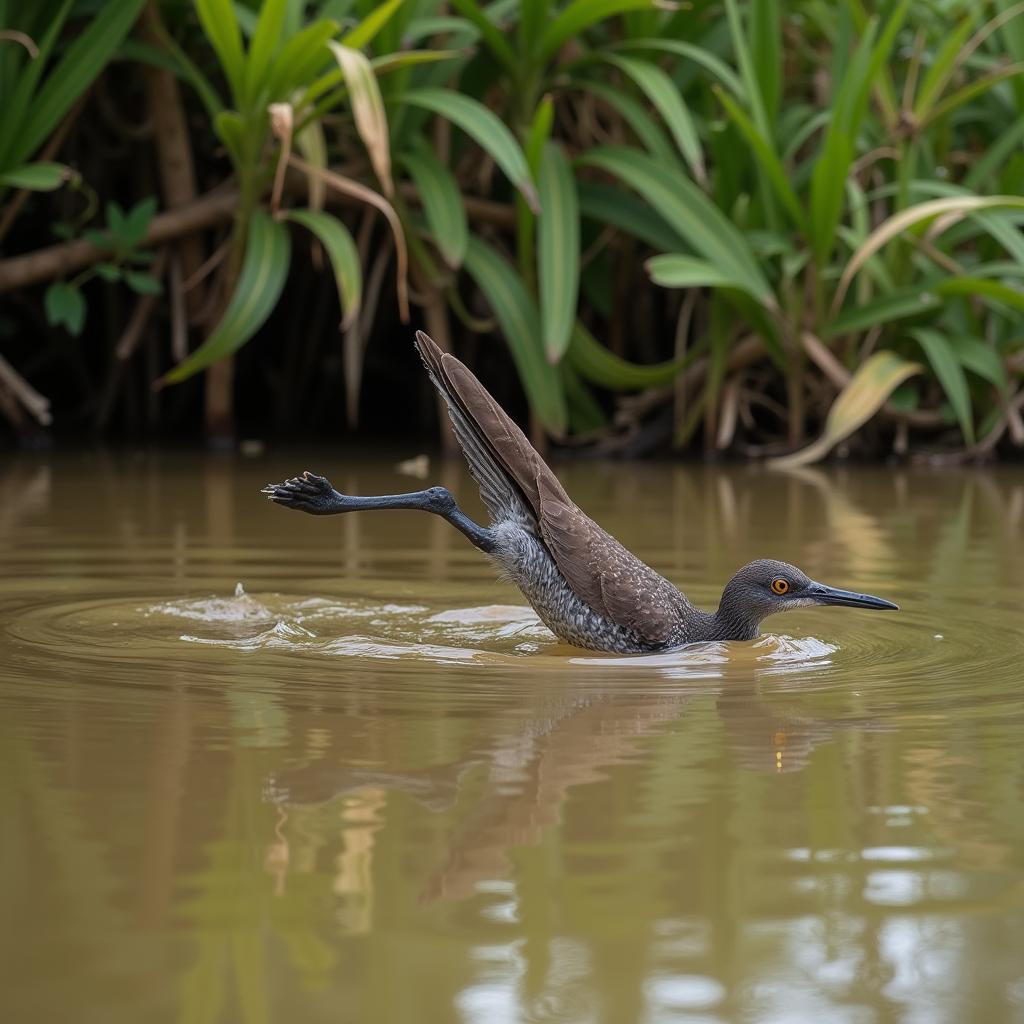Exploring the Vibrant World of African Lace Fashion Design
African Lace Fashion Design is a captivating blend of tradition, creativity, and modern aesthetics. From intricate patterns to bold colors and luxurious fabrics, African lace has become a symbol of elegance and cultural pride, gracing runways and wardrobes across the globe. This article delves into the rich history, diverse styles, and contemporary trends shaping the world of African lace fashion.
A Rich Tapestry: The History of African Lace
African lace, although often associated with European origins, has evolved into a uniquely African art form. Introduced through colonial trade, lace quickly became integrated into local cultures, transforming into a powerful expression of identity and status. Early examples showcased intricate needlework and hand-crafted designs, often incorporating local motifs and symbolism. This fusion of European techniques and African aesthetics laid the foundation for the diverse and vibrant lace traditions we see today. Check out these traditional African garb for more examples.
While machine-made lace became more prevalent in the 20th century, the appreciation for handcrafted lace remains strong. Many communities continue to cherish the skills passed down through generations, preserving the cultural significance of this intricate craft.
From Aso Ebi to Haute Couture: Exploring African Lace Styles
African lace fashion design encompasses a wide spectrum of styles, each reflecting the unique cultural heritage of different regions and communities. The iconic Aso Ebi, a Nigerian tradition, sees families and friends adorned in matching lace outfits for celebrations, creating a vibrant display of unity and elegance. From the intricate cord lace of the Igbo people to the elaborate designs of the Yoruba, each style tells a story.
Beyond traditional wear, African lace has also made a significant impact on the global fashion scene. Designers are incorporating lace into contemporary garments, creating stunning evening gowns, chic dresses, and even modern interpretations of traditional attire. This blend of old and new has elevated African lace to the realm of haute couture, captivating audiences worldwide. For inspiration, browse some of the top African fashion and style blogs.
What are the Current Trends in African Lace Fashion Design?
Current trends in African lace fashion design showcase a dynamic interplay between tradition and innovation. Bold colors, intricate embellishments, and modern silhouettes are redefining the way lace is worn. The use of 3D lace appliqués, feathers, and sequins adds a touch of opulence, while the incorporation of contemporary cuts and styles creates a fresh, modern aesthetic. Designers are also experimenting with different types of lace, blending traditional cord lace with French lace or guipure lace to create unique textures and patterns. This constant evolution ensures that African lace remains relevant and exciting, appealing to a diverse range of tastes.
How to Choose and Style African Lace Fabric?
Choosing the right African lace fabric can be an exciting but sometimes daunting task. Consider the occasion, your personal style, and the desired level of formality. For grand events, heavier laces like cord lace or guipure lace create a luxurious and elegant look. Lighter laces, such as French lace or voile lace, are ideal for less formal occasions. Experiment with different colors and patterns to find what best complements your skin tone and personal aesthetic. When it comes to styling, the possibilities are endless. African lace can be incorporated into a variety of garments, from flowing maxi dresses to tailored skirts and blouses. Accessorize with jewelry, headwraps, or a statement belt to complete your look. You can even find some great pieces at an African American shop online.
The Future of African Lace: A Legacy of Creativity
African lace fashion design continues to evolve, driven by the creativity and ingenuity of African designers. As the global demand for unique and culturally rich fashion grows, African lace is poised to take center stage. The fusion of traditional techniques with modern aesthetics ensures that this vibrant art form will continue to inspire and captivate for generations to come. Looking for a African dashiki near me? You can find more resources online.
In conclusion, African lace fashion design is a testament to the rich cultural heritage and artistic vision of the African continent. From traditional ceremonies to contemporary runways, African lace continues to make a bold statement, celebrating beauty, elegance, and the enduring power of cultural expression. Are you interested in seeing examples of African in yellow shirt? There are many online resources to explore this vibrant fashion.
FAQ
-
What is Aso Ebi?
Aso Ebi is a Nigerian tradition of wearing coordinating outfits made from African lace for special occasions. -
What are some popular types of African lace?
Popular types include cord lace, guipure lace, French lace, and voile lace. -
How can I care for my African lace garments?
Hand washing or dry cleaning is recommended to preserve the delicate nature of the lace. -
Where can I buy authentic African lace fabric?
Authentic African lace can be purchased from specialized fabric stores, online retailers, and markets in African countries. -
How can I incorporate African lace into my everyday wardrobe?
African lace can be used in skirts, blouses, dresses, and even accessories for a touch of elegance. -
What are some traditional uses of African lace?
Traditional uses include ceremonial attire, wedding gowns, and special occasion outfits. -
How is African lace fashion evolving?
Modern designers are incorporating contemporary cuts, embellishments, and innovative techniques to create fresh interpretations of African lace.
When you need assistance, please contact us at Phone: +255768904061, Email: [email protected] or visit our address: Mbarali DC Mawindi, Kangaga, Tanzania. We have a 24/7 customer service team.
